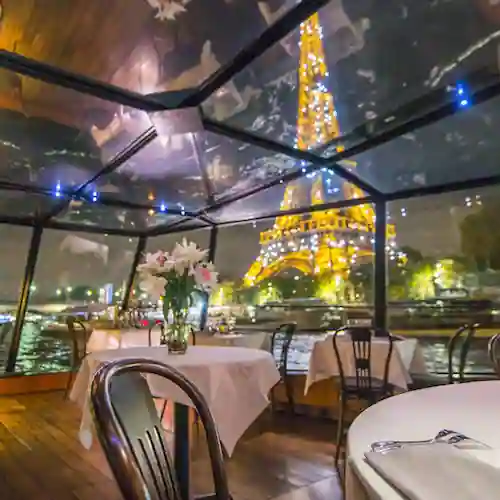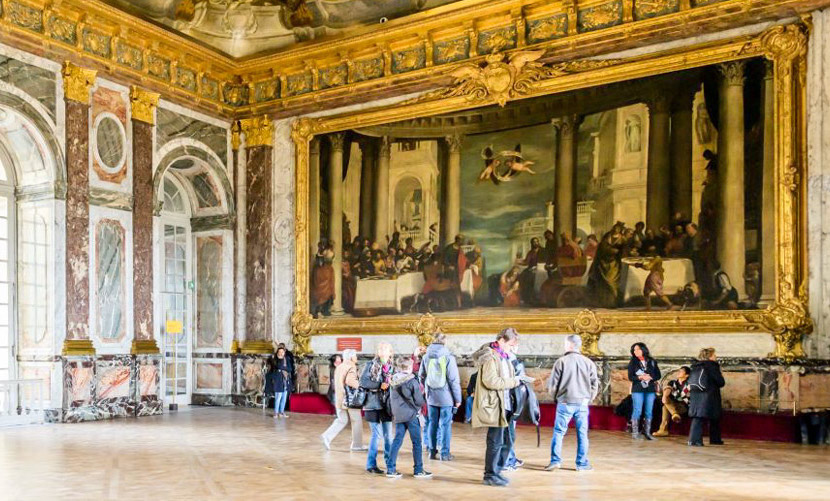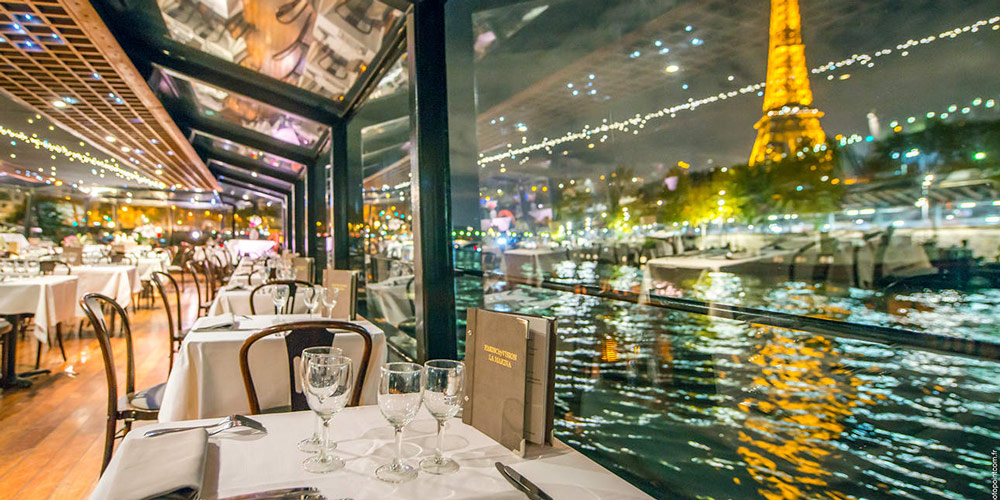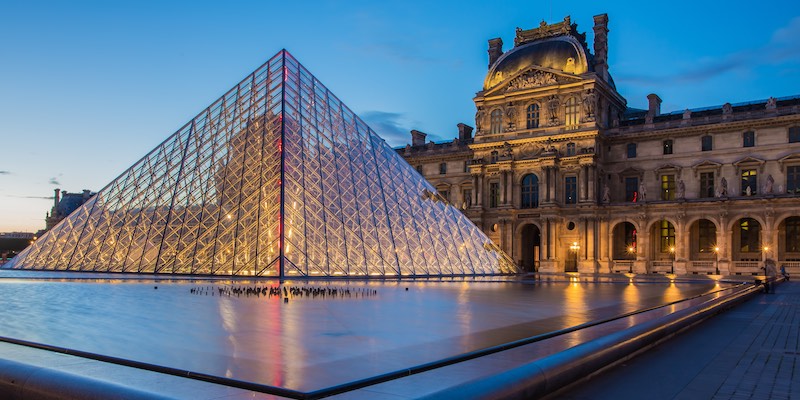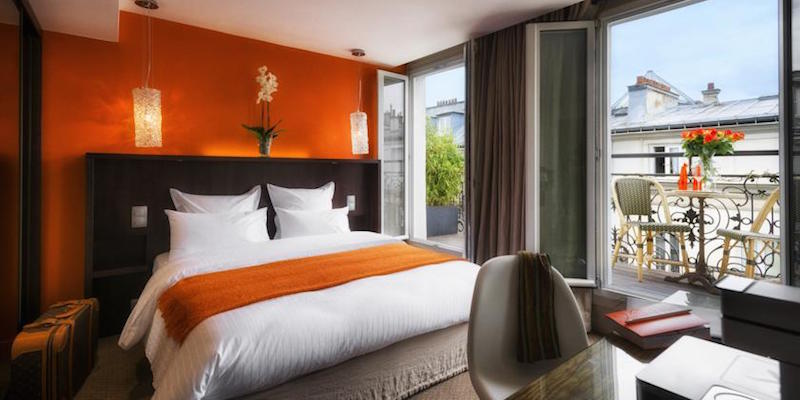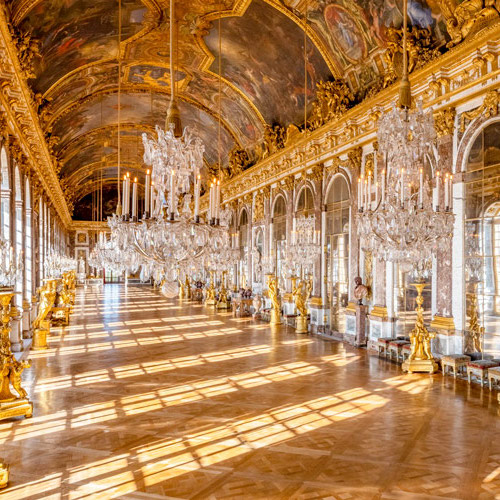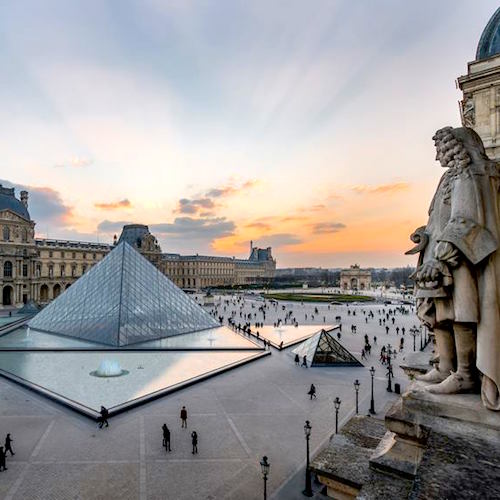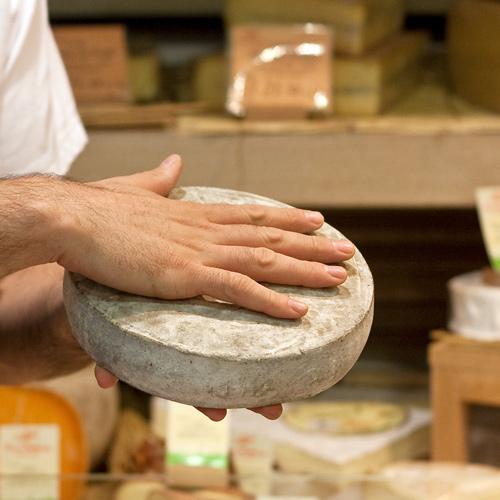The Conciergerie Paris – From Keeper's Lodge To Notorious Prison
Spiked conical towers and an austere grey facade stand gloomily along the banks of the Seine on Île de la Cité. The gloom is fitting, since this building, La Conciergerie, was once the most notorious prison in all of France. It also is the oldest remaining part of the Palais de la Cité, the seat of the kings of France from the 10th through the 14th centuries.
![]()
Our Top-Rated Paris Experiences
From Clovis to the Concierge
 Palais de la Cite, on the island of the same name, c. 1415
Palais de la Cite, on the island of the same name, c. 1415
In fact, the history of the site goes back even farther, to the sixth century when Clovis, the first king of all the Franks, established his royal residence on Île de la Cité. It wasn't until 1358 that Charles V moved the royal residence to the Louvre on the right bank of the Seine. This building, La Conciergerie, probably got its name from being the residence of the Concierge, the official keeper of the kings household.
![]()
|
Paris Dinner Cruises on the Seine Dine in style as you glide past the Eiffel Tower, Notre-Dame, and the Louvre on a magical Seine River cruise. Gourmet food, champagne, and Paris lit up at night – it’s unforgettable. |
|
Paris Dinner Cruises on the Seine Dine in style as you glide past the Eiffel Tower, Notre-Dame, and the Louvre on a magical Seine River cruise. Gourmet food, champagne, and Paris lit up at night – it’s unforgettable. |
From Palace to Prison
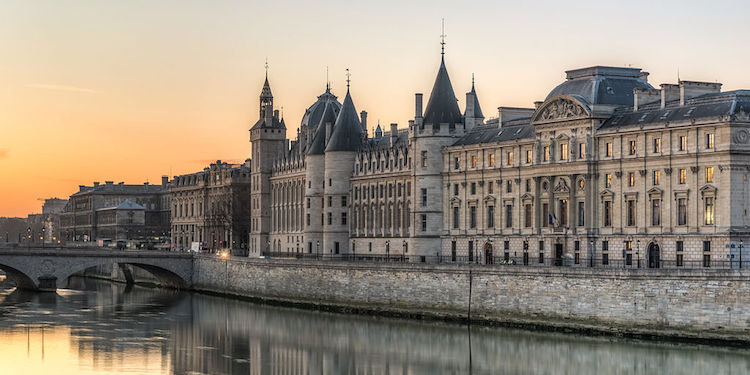 La Conciergerie, photo Wikimedia Commons, by Daniel Vorndran
La Conciergerie, photo Wikimedia Commons, by Daniel Vorndran
When Charles V relocated the center of government to the Right Bank, the Conciergerie was converted into a prison and the Concierge himself became the person appointed by the king to maintain order and oversee prisoner records.
The place already had a bad reputation by the time the French Revolution began in 1789, but then its reputation sank even lower. Over a thousand "enemies of the Revolution" were housed there at any given time. Twenty-five hundred of them were sent to the guillotine. Famous names from that period of history spent the last days of their lives here — Marie Antoinette, Charlotte Corday, Madame du Barry.
Today La Conciergerie is a National Historic Monument and is part of the complex of the Palais de Justice (as is the stained-glass marvel of La Saint-Chapelle). Parts of it are open to public visits, including the magnificent Hall of the Guards.
![]()
|
Skip the long lines and dive into the Louvre’s greatest hits — the Mona Lisa, Venus de Milo, and more — on a guided tour that shows you the treasures without the museum overload. |
|
Skip the long lines and dive into the Louvre’s greatest hits — the Mona Lisa, Venus de Milo, and more — on a guided tour that shows you the treasures without the museum overload. |
La Sainte Chapelle
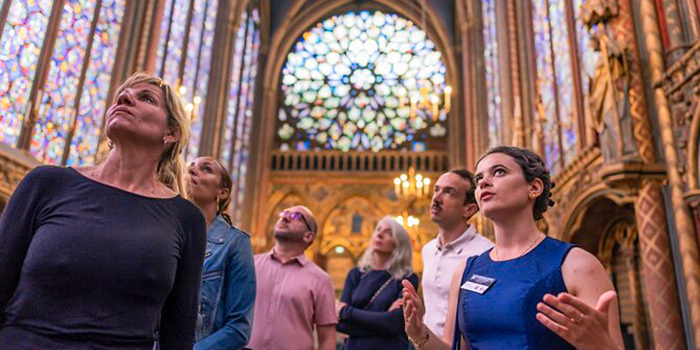 Interior of La Sainte Chapelle on a guided tour
Interior of La Sainte Chapelle on a guided tour
Also located in the Palais de Justice complex is the magnificent Gothic structure and medieval engineering marvel La Sainte Chapelle. It was built by Louis IX (r. 1226-1270) as a private royal chapel and boasts some of the most stunning stained glass you will ever see. Fully restored during a 21st-century renovation, La Sainte Chapelle is open to visitors and, even more interesting, it is used as a venue for classical music concerts.
The most enlightening way to visit this royal chapel is on a tour that take you into the church with a professional guide who makes the story of the magnificent stained glass come alive. The tour includes not just Sainte Chapelle, but the entire Île de la Cité, including Notre Dame.
The French Revolution Walking Tour
Today, La Conciergerie sits in the middle of the bustle of daily life on the Île de la Cité, its gloomy reputation a thing of the past. A great way to visit this historic site, and for a fascinating glimpse into its history and the parlous story of the French Revolution, is by signing up for this popular walking tour, conducted by expert in French history.
As you visit this and other sites, the French Revolution comes alive — the events leading up to, its consequences, and some of the horrific occurrences. The tour also takes you to the site of the former Tuileries Palace, to the site of the infamous Bastille prison, and to other places of historic note. Click the link below to check the tour schedule, post-Covid.
![]()
|
Browse our hand-picked Paris hotel deals with real-time discounts of up to 20%. Stay in the Marais, Saint Germain, the Latin Quarter, the Left Bank near the Eiffel Tower… every arrondissement is on the list. |
|
Browse our hand-picked Paris hotel deals with real-time discounts of up to 20%. Stay in the Marais, Saint Germain, the Latin Quarter, the Left Bank near the Eiffel Tower… every arrondissement is on the list. |
La Conciergerie Resources
- 2 Boulevard du Palais, Île de la Cité, 75001
- Metro – Cité, Saint-Michel Notre-Dame
- RER – Saint-Michel Notre-Dame
- Website…
Paris Planning Guides
 Latin Quarter Hotels
Latin Quarter Hotels |
 Skip-the-line Louvre Tour
Skip-the-line Louvre Tour |
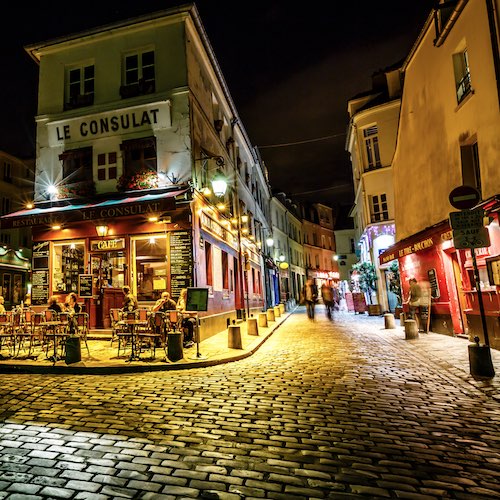 Montmartre Guide
Montmartre Guide |
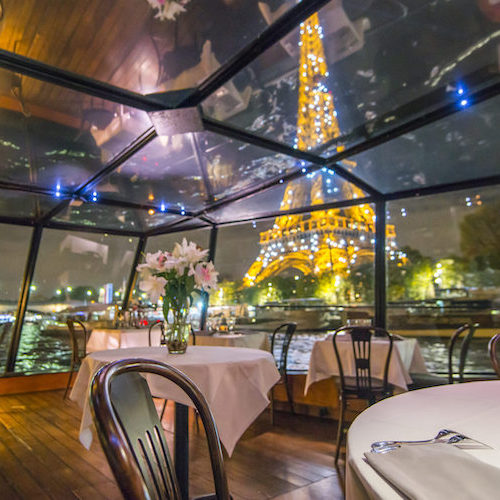 Glorious Dinner Cruises
Glorious Dinner Cruises |




